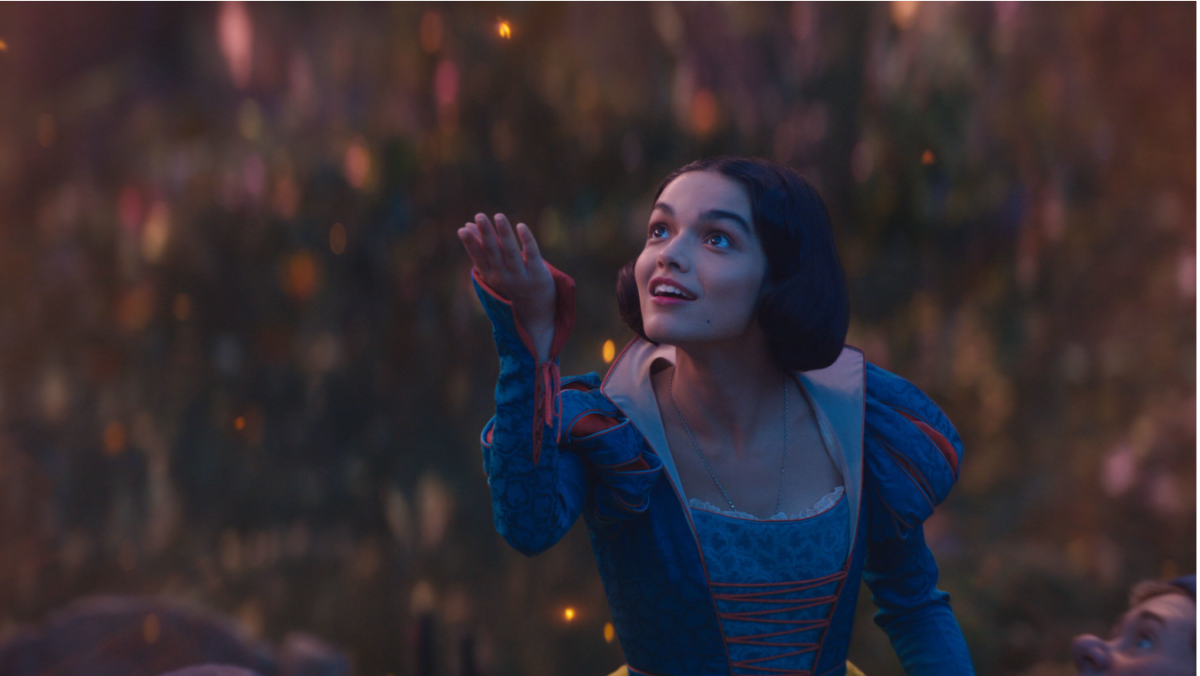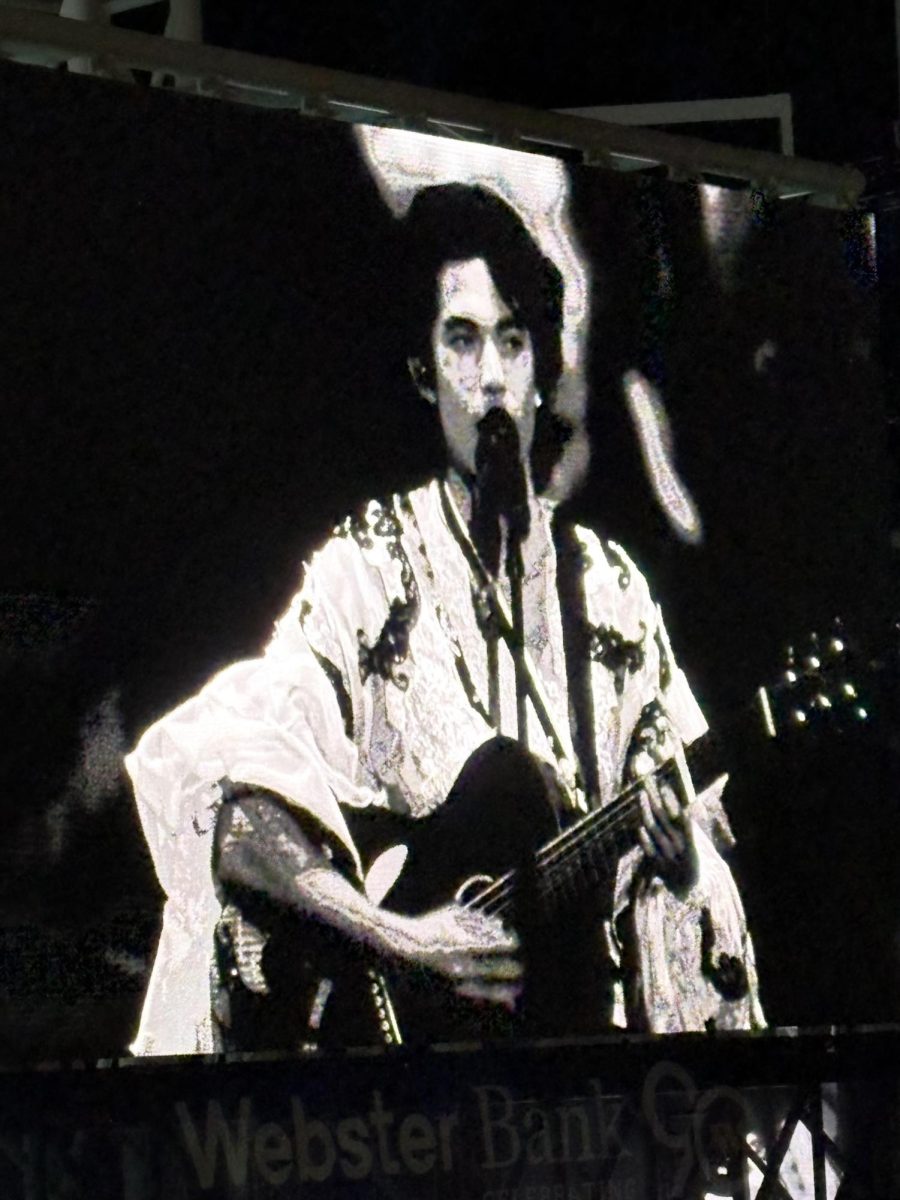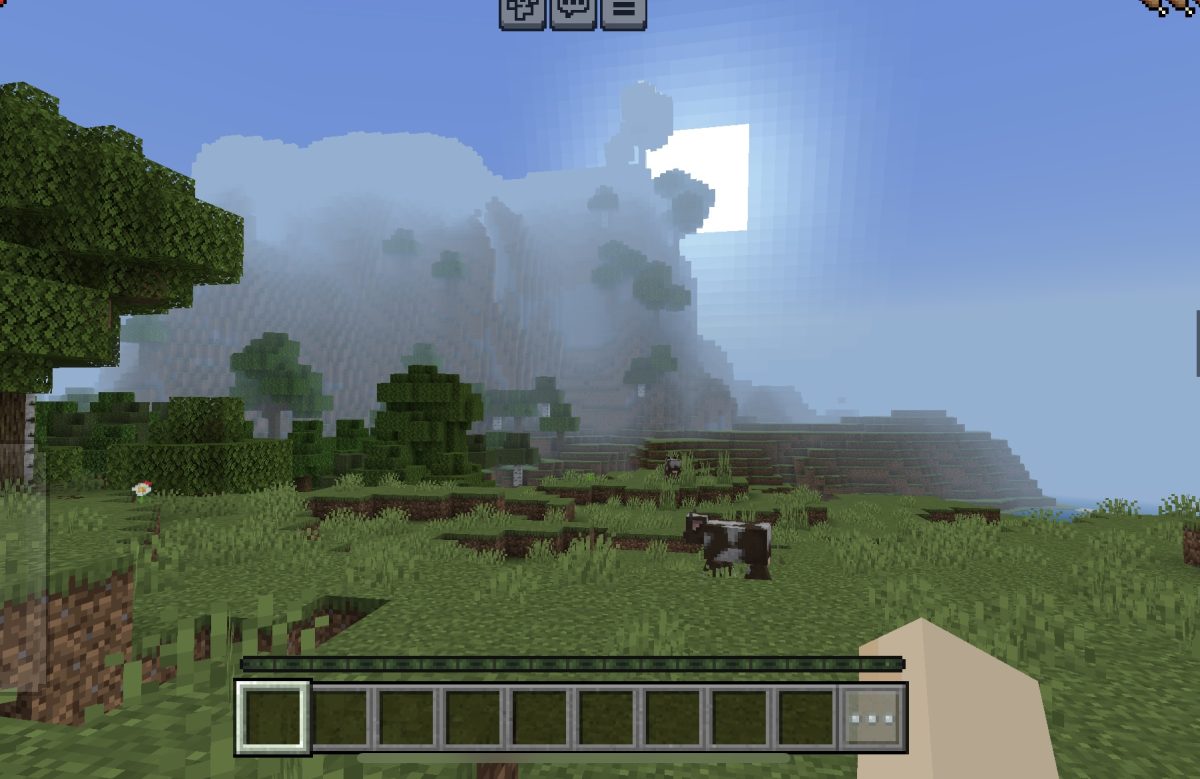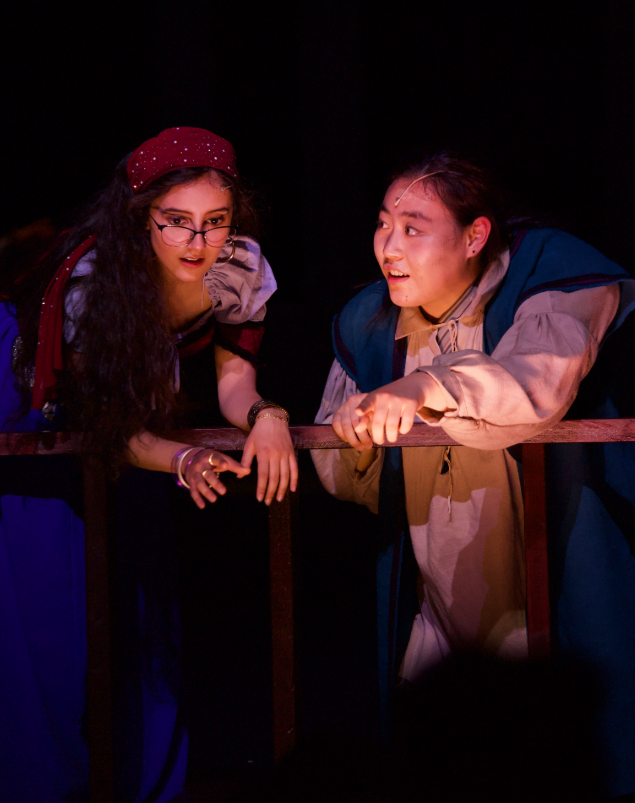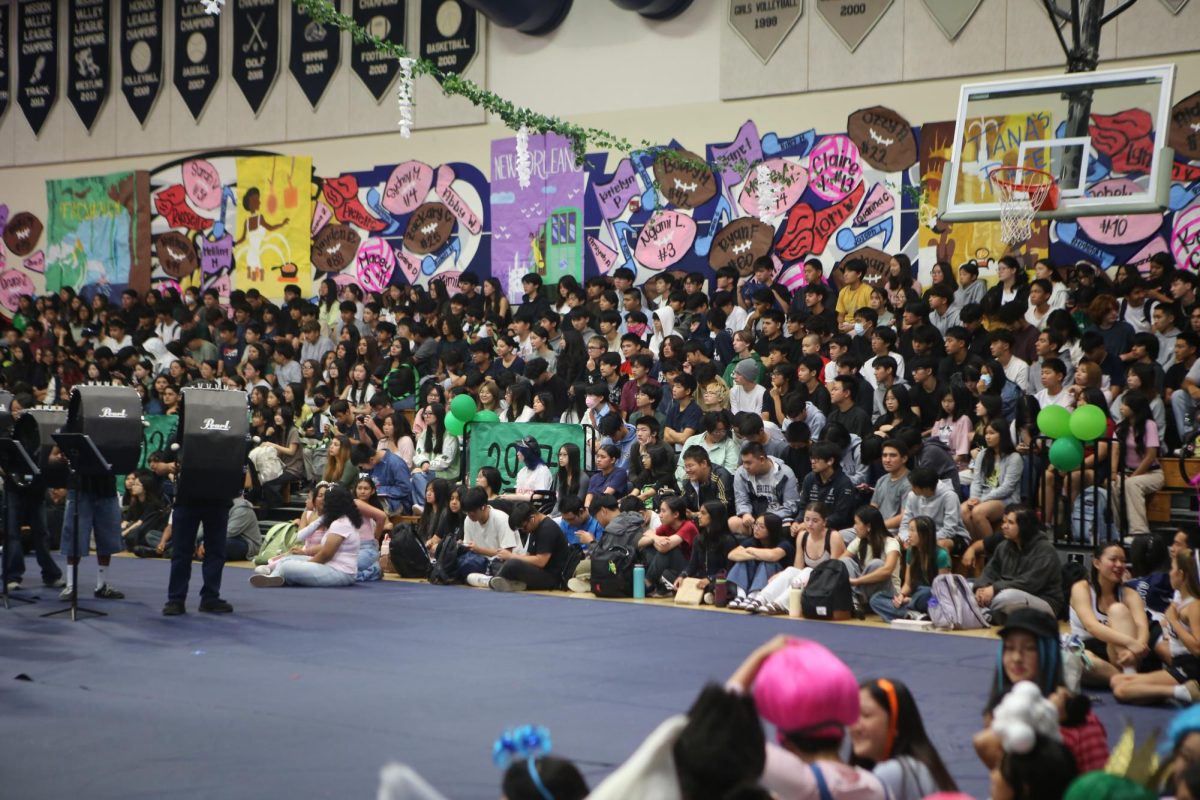After growing up with ‘Snow White and the Seven Dwarfs’ (1937) playing on repeat every morning before school and reading the fairytale every night at bedtime, the announcement of a live-action remake was less than thrilling, especially given Disney’s reputation for producing half-baked versions of beloved classics.
‘Snow White’ (2025) attempts to modernize the fairytale by making bold plot changes, including altering Snow White’s motivations, removing Prince Charming, and retaining only two original songs. However, in doing so, it becomes a tug-of-war between two versions of the same story.
From the start, the film’s stylistic choices sparked controversy among fans. Disney’s live-action adaptations have made visible efforts to increase diversity and representation in recent years; in many cases, the company faced backlash from fans who view these changes as unnecessary deviations from the original stories. The casting of Rachel Zegler, a Latina actress, as Snow White received criticism from those who argued that the fair-skinned princess should truly be “as white as snow.”
While casting a lookalike may be a relatively minor concern, the decision to adapt Snow White’s songs for an alto voice rather than the high, angelic soprano associated with the character was a disappointing deviation from her classic portrayal. That said, ‘Waiting on a Wish’ was a beautifully orchestrated piece, and Zegler’s vocals were undeniably stellar. However, many agreed that although the song was strong on its own, it just did not fit for Snow White as a character. Beyond that, it points to the film’s bigger issue: it fails to capture key stylistic elements that define the original.
The costume and hair styling department missed the opportunity to honor classic fairy-tale aesthetics. Rather than crafting together a rich, intricately embroidered gown, Snow White’s iconic dress appears in a much more saturated color palette, rushed and uninspired, lacking in detail and imagination. Her hairstyle, more reminiscent of a plain bob cut than the shiny dark curls of a princess, further dilutes the film’s fairy-tale magic.
Gal Gadot’s portrayal of the Evil Queen falls short of the commanding, malevolent presence the character demands. Instead of exuding regal menace, her performance feels stiff and unconvincing, lacking the intensity expected from such an iconic villain.
The actress’s choppy line delivery reflects the film’s overall awkward pacing and disjointed storyline, likely a result of the production’s constant adjustments to address controversies. While the movie includes several key moments from the 1937 original, they often come across as items on a checklist of classic scenes rather than heartfelt tributes to the source material.
The depiction of the seven dwarfs also sparked considerable controversy. After being criticized for perpetuating outdated stereotypes by casting little people, the filmmakers attempted to address the issue by replacing them with computer-generated imagery (CGI) characters. However, this shift stripped the dwarfs of their charm as the CGI version’s uncanny design came across as awkward and out of place.
One redeeming aspect of the film’s portrayal of the dwarves was giving Dopey, the goofy but loveable klutz, a meaningful character arc. The choice elevated his already charming presence, and surprised audiences when the famously mute character spoke for the first time on screen.
One of the remake’s more disappointing aspects is how it handles Snow White’s character development. The directors shifted the original plot from Snow White wishing for a prince to a narrative focused on her reclaiming her kingdom from the Evil Queen and becoming the strong ruler her father always believed she could be. While strong empowered characters are important, nothing is inherently outdated about embodying timeless feminine traits such as kindness, trust, and compassion. Snow White’s sweet nature has always been central to her charm, and these qualities should not be viewed as weaknesses.
There is nothing wrong with a character, especially a young girl, dreaming of love. In its effort to reshape Snow White into a “powerful” heroine, the film loses the heart of the original character. Iconic characters do not need to be rewritten to feel modern; instead, new characters should be created to inspire and empower audiences in ways that reflect contemporary values without erasing the legacy of the originals.
Ultimately, ‘Snow White’ (2025) is a product of competing creative visions. While some aspects–diverse casting, efforts to address outdated depictions, and the desire for more empowered princesses–are commendable, they ultimately feel like a performative afterthought. As it stands, ‘Snow White’ (2025) is neither a successful modernization nor a faithful retelling, proving some fairytales are better left untouched.

